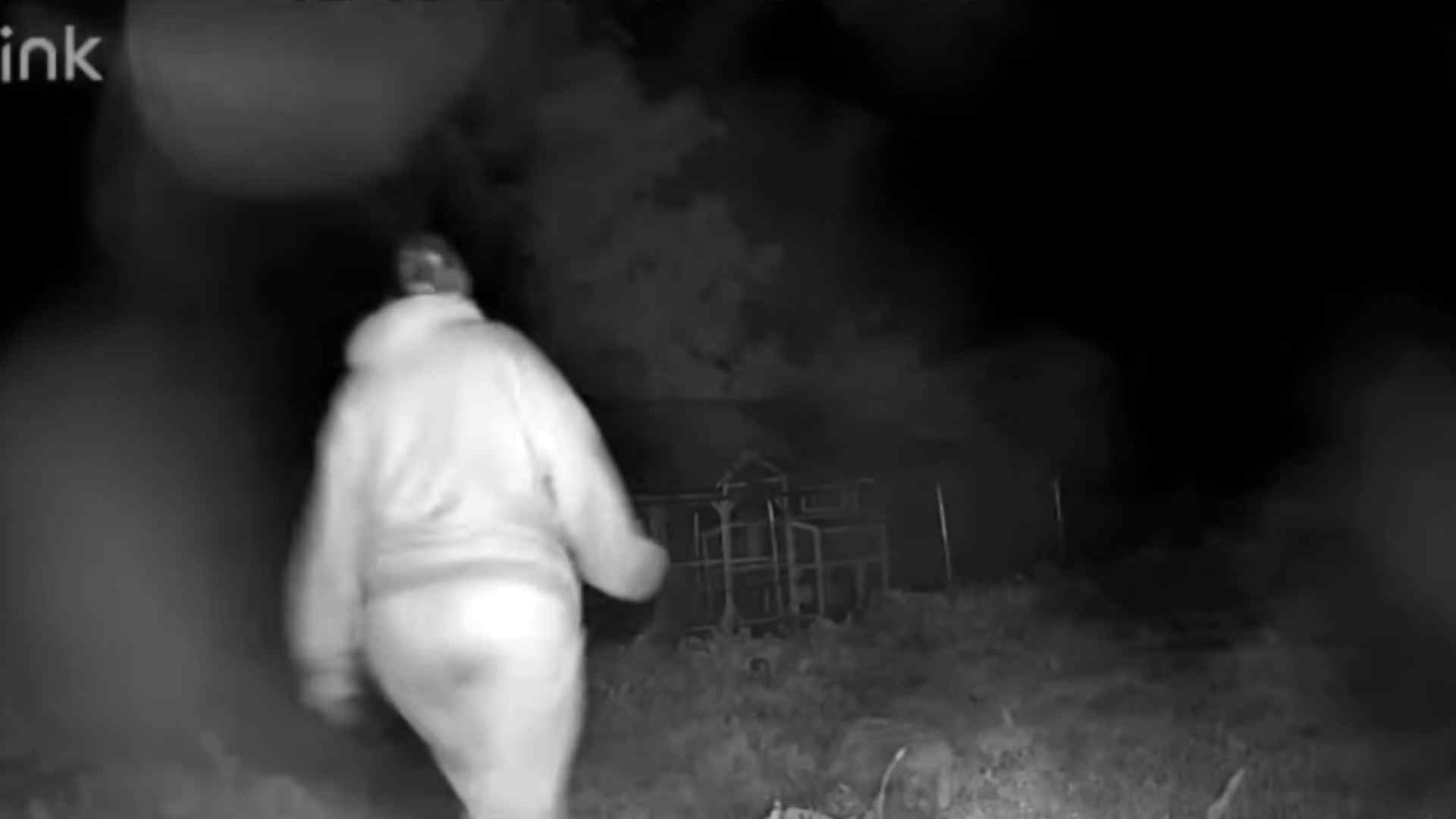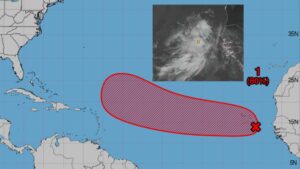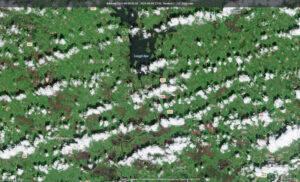
Wet Week Ahead for West and North

Ireland has seen a drier-than-normal week, with most counties recording under 60% of their average rainfall.
According to Met Éireann in its latest farming commentary, Wexford was driest with just 3mm – only 18% of normal – while Belmullet, Co. Mayo saw the highest at 21.3mm.
The coming days look more unsettled: expect frequent showers and longer spells of rain, especially in western and northern counties. Rainfall totals could reach 1 to 3 times the seasonal average in these areas. Meanwhile, the east and southeast may remain relatively dry.
Temperatures Stay High
Temperatures soared well above normal last week. Mean air temps ranged from 15.3°C in Cork to 17.7°C at Casement Aerodrome in Dublin – up to 3.7°C warmer than average. Soil temperatures followed suit, running 2.4 to 5.2 degrees above average, with readings between 16.7°C and 20.1°C. This mild trend will continue, with air temperatures remaining 1–3°C above average – warmest in the east and southeast.
Sunshine Snapshot
Sunshine levels were average to slightly above, with Belmullet seeing 30.5 hours and Wexford basking in 61.2 hours – nearly double the usual. However, the week ahead looks cloudier, with sunshine expected to dip below normal levels.
Ground & Farming Conditions
Drying conditions will generally be poor, with brief improvements possible between showers – Saturday looks to be the best bet for a dry spell. Spraying opportunities will also be few and far between due to persistent unsettled weather.
Soil moisture deficits (SMDs) currently range from 4–18mm in the north, northwest and far southwest to 40–50mm in the far south, where crop growth is being restricted. As rain returns, SMDs are set to drop by 10–15mm across much of the country, with saturation likely in parts of the north and west. However, SMDs could rise slightly in the southeast and east where rainfall stays limited.
In Summary
A wet and warm week lies ahead for many parts of Ireland, with western regions bearing the brunt of the rain. Eastern and southern counties may continue to dodge the heaviest downpours, but field and farming conditions will remain a challenge nationwide.






















